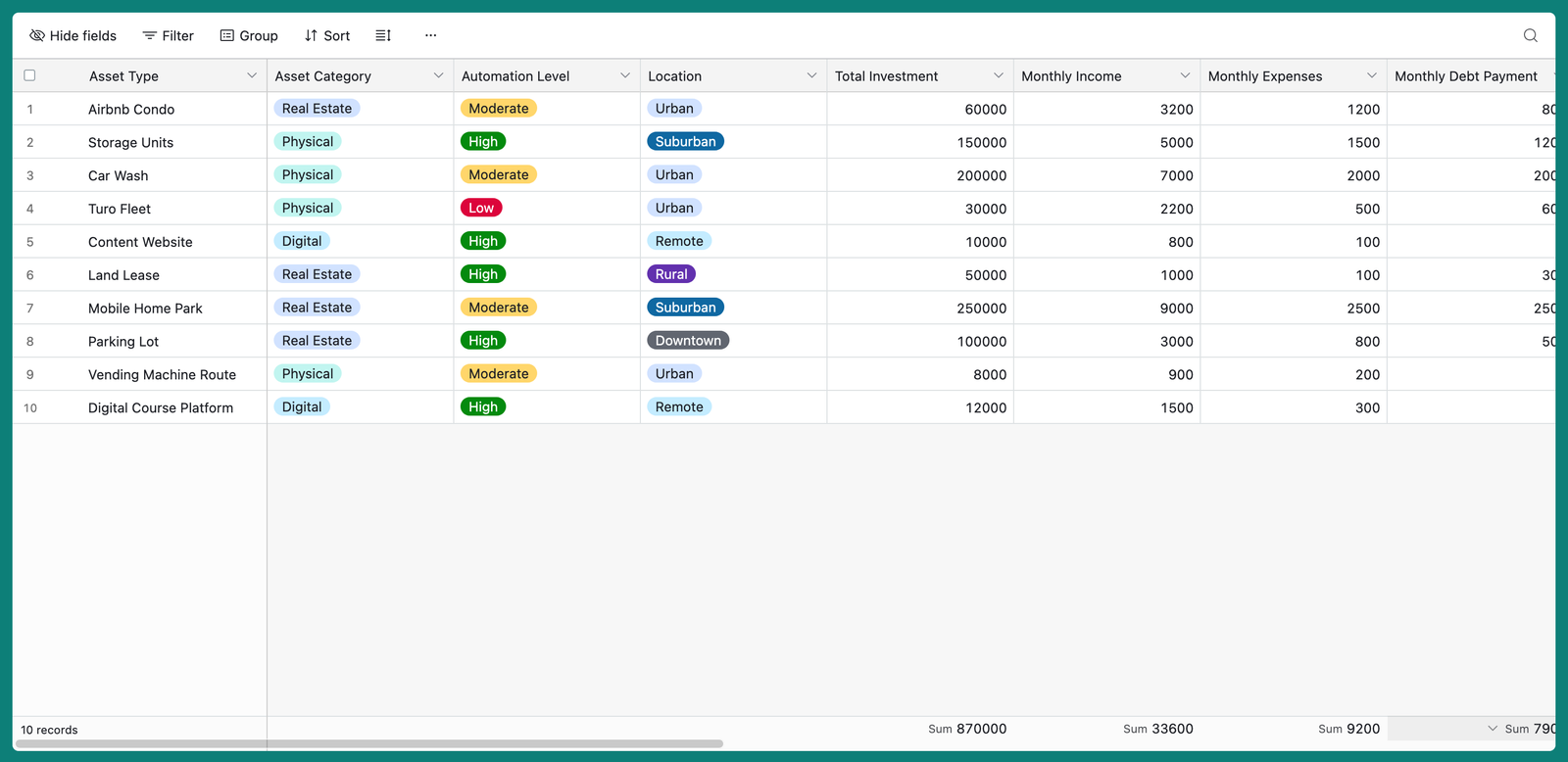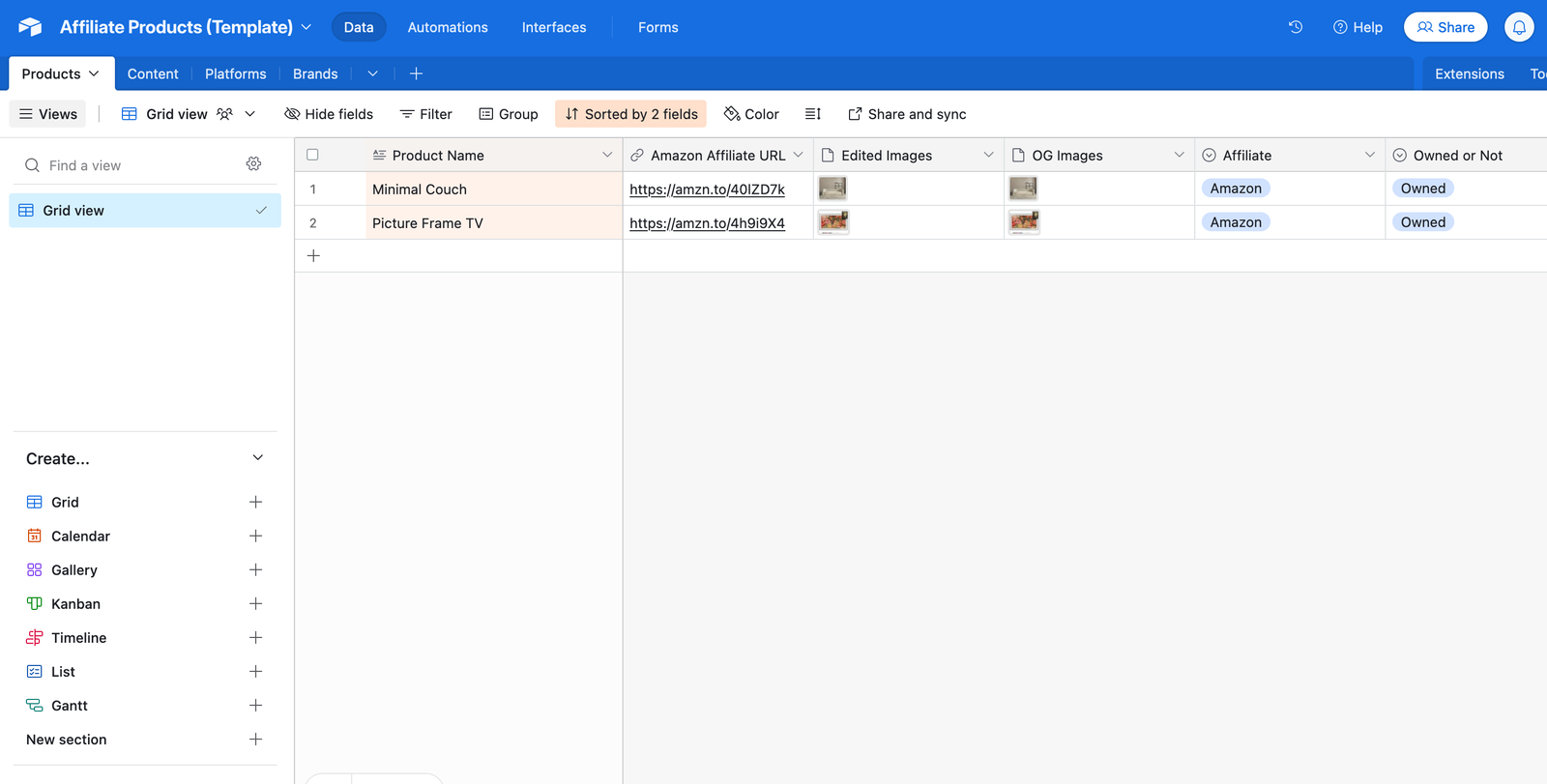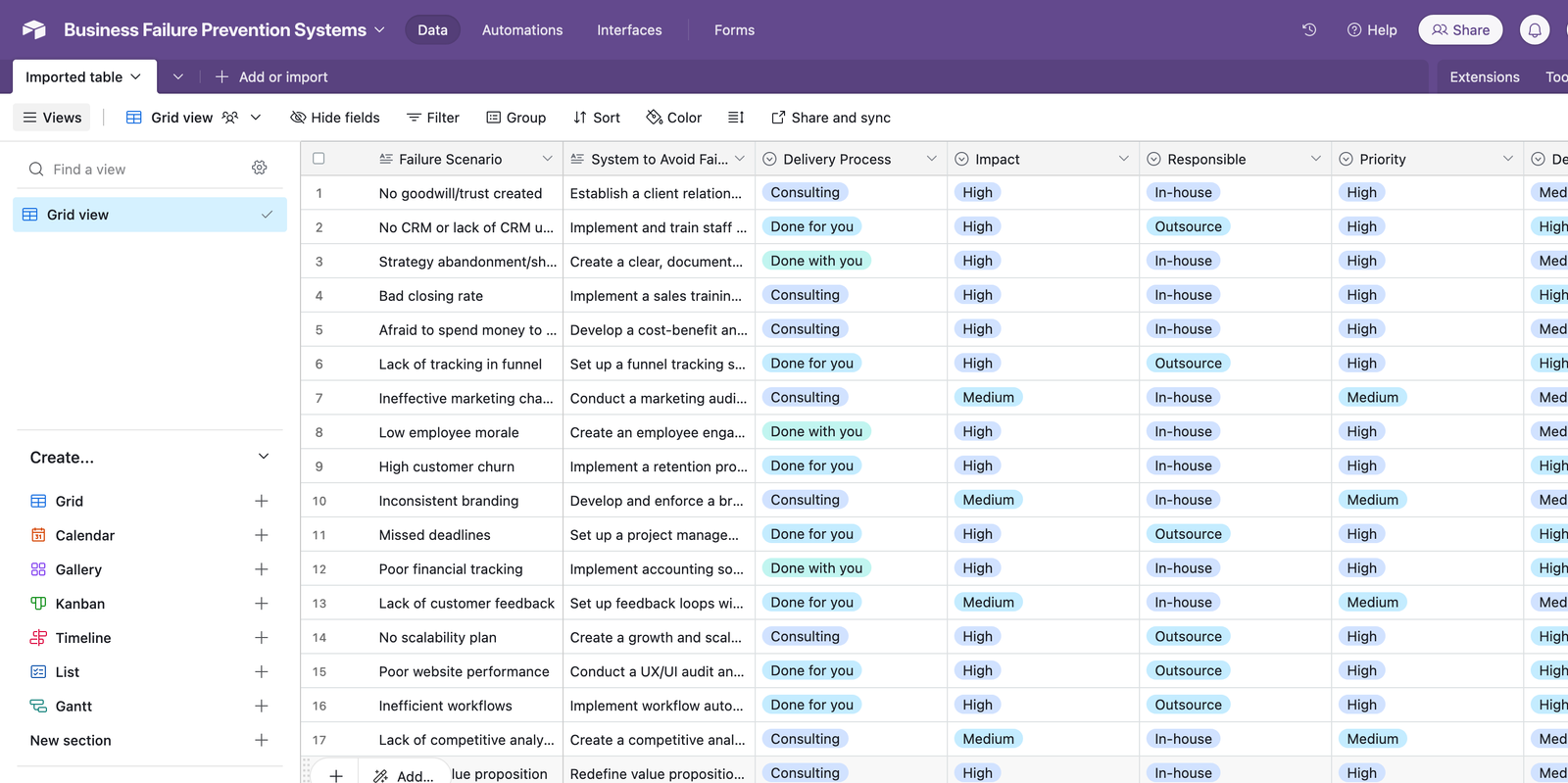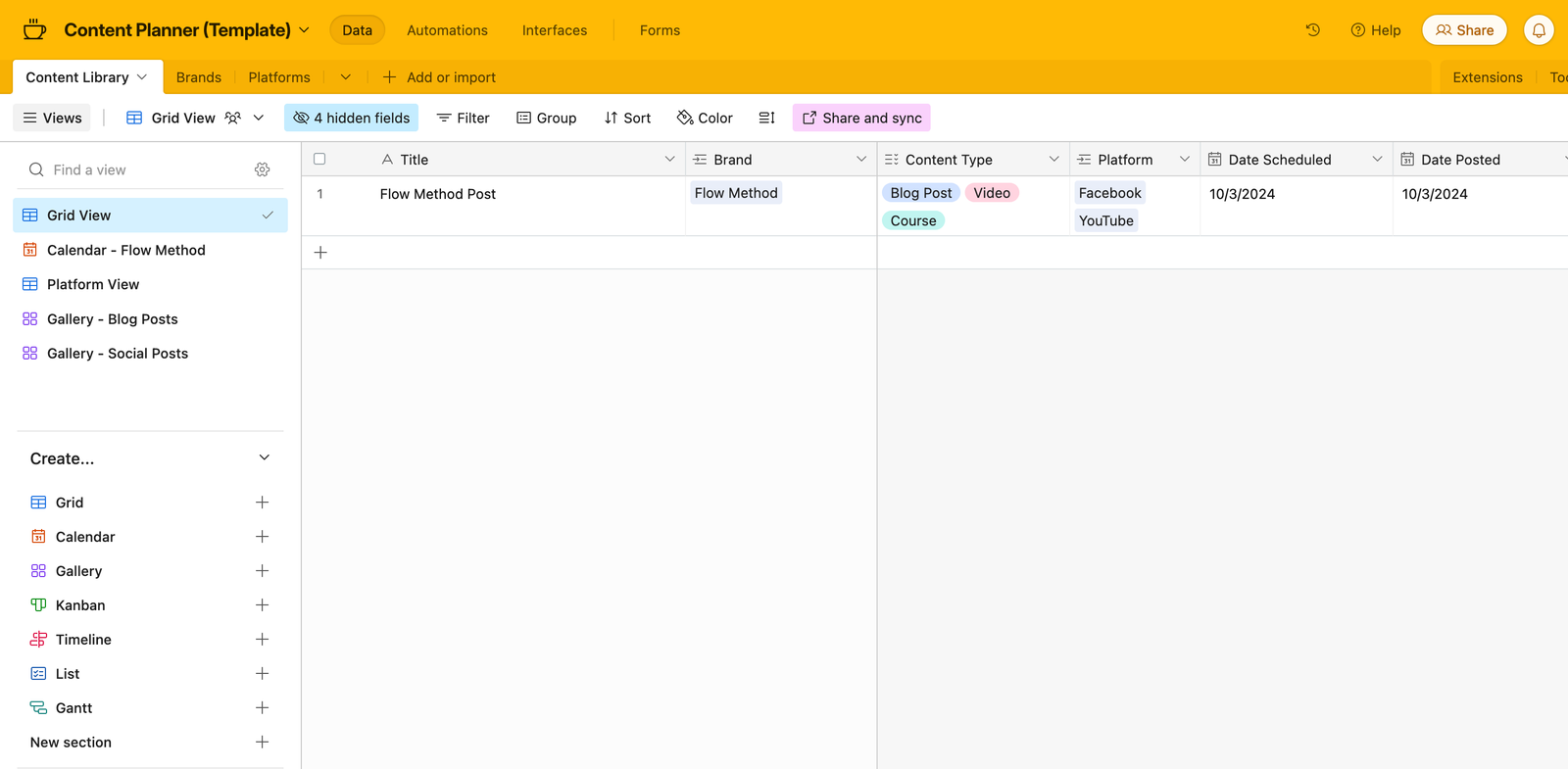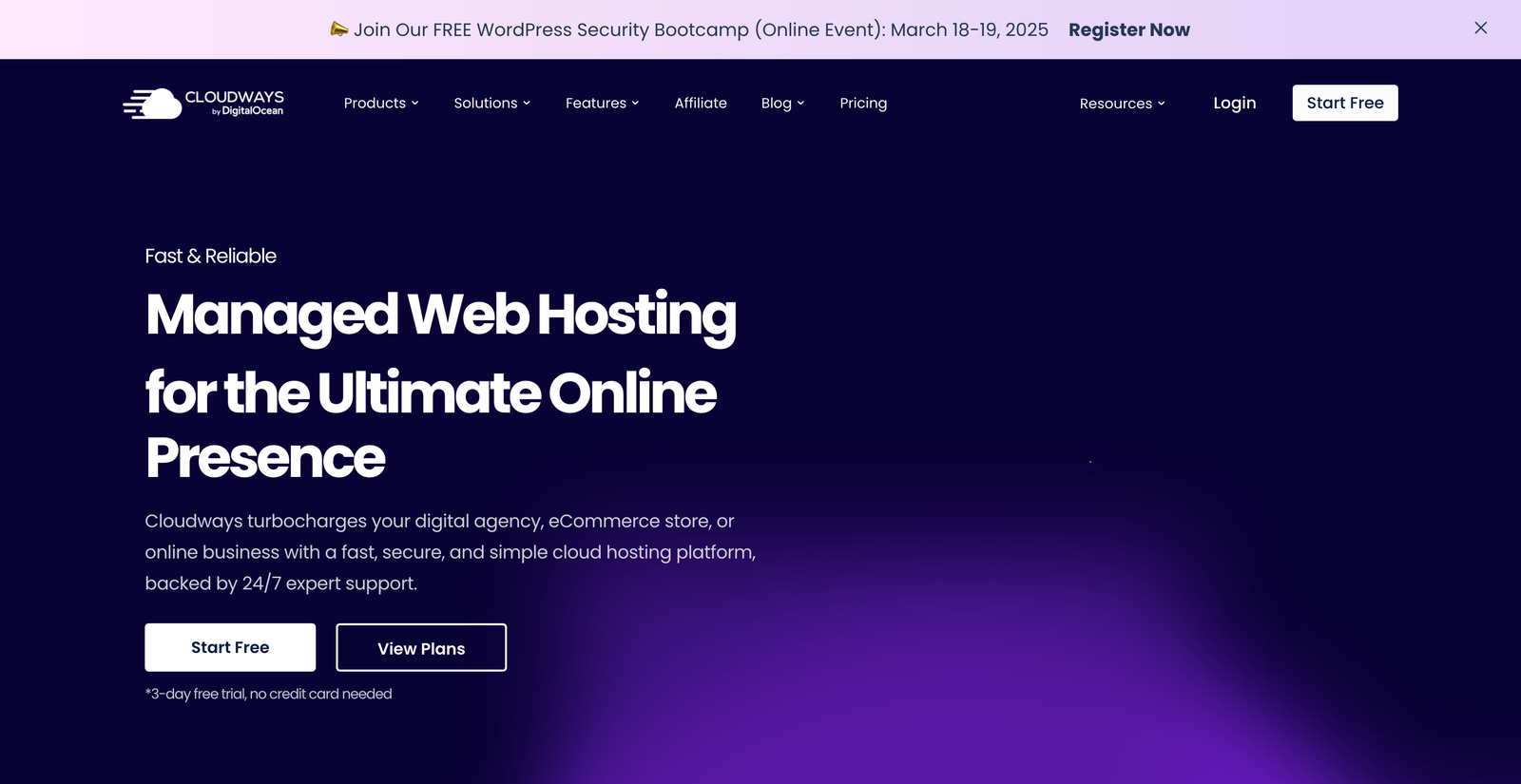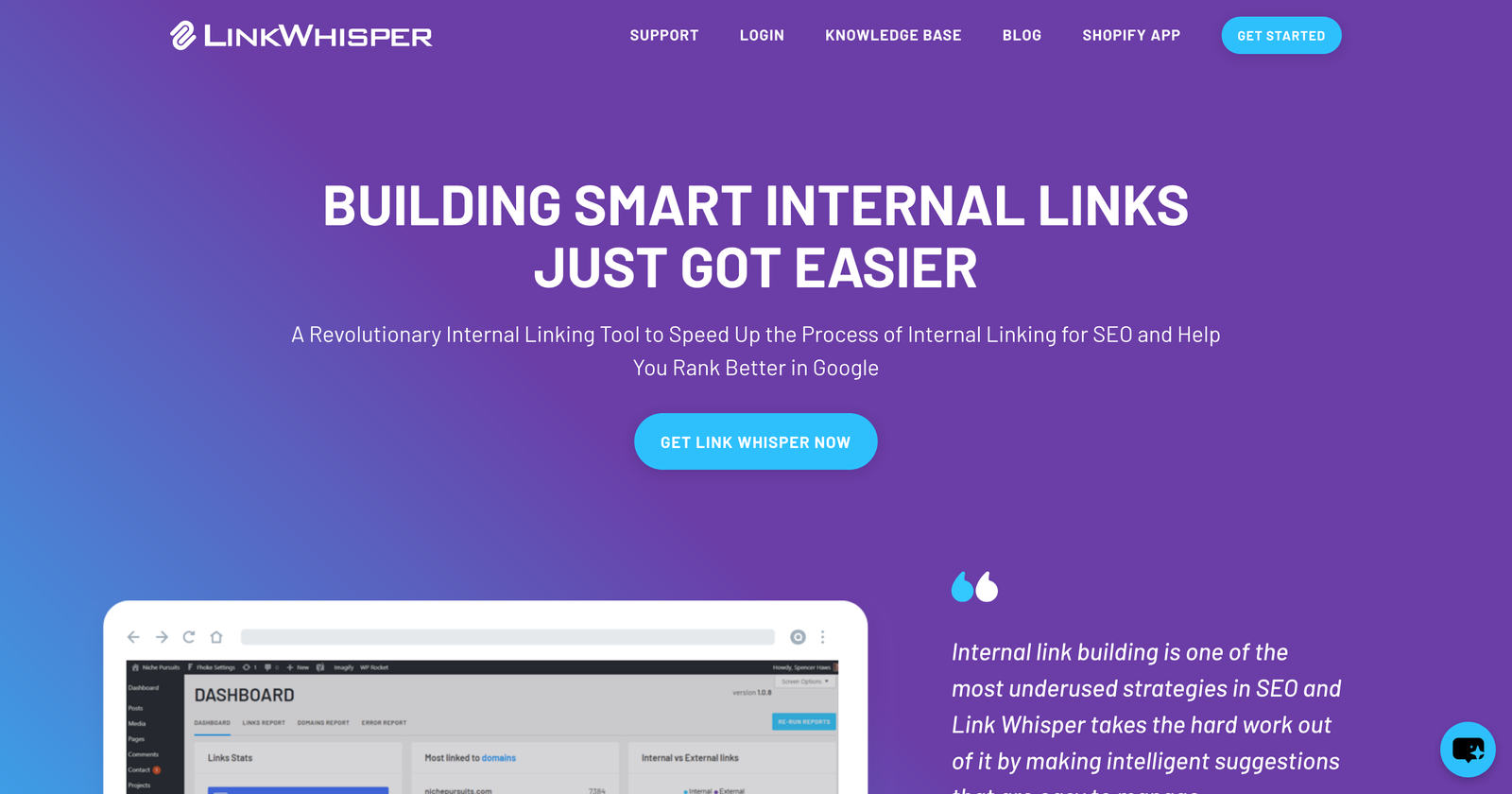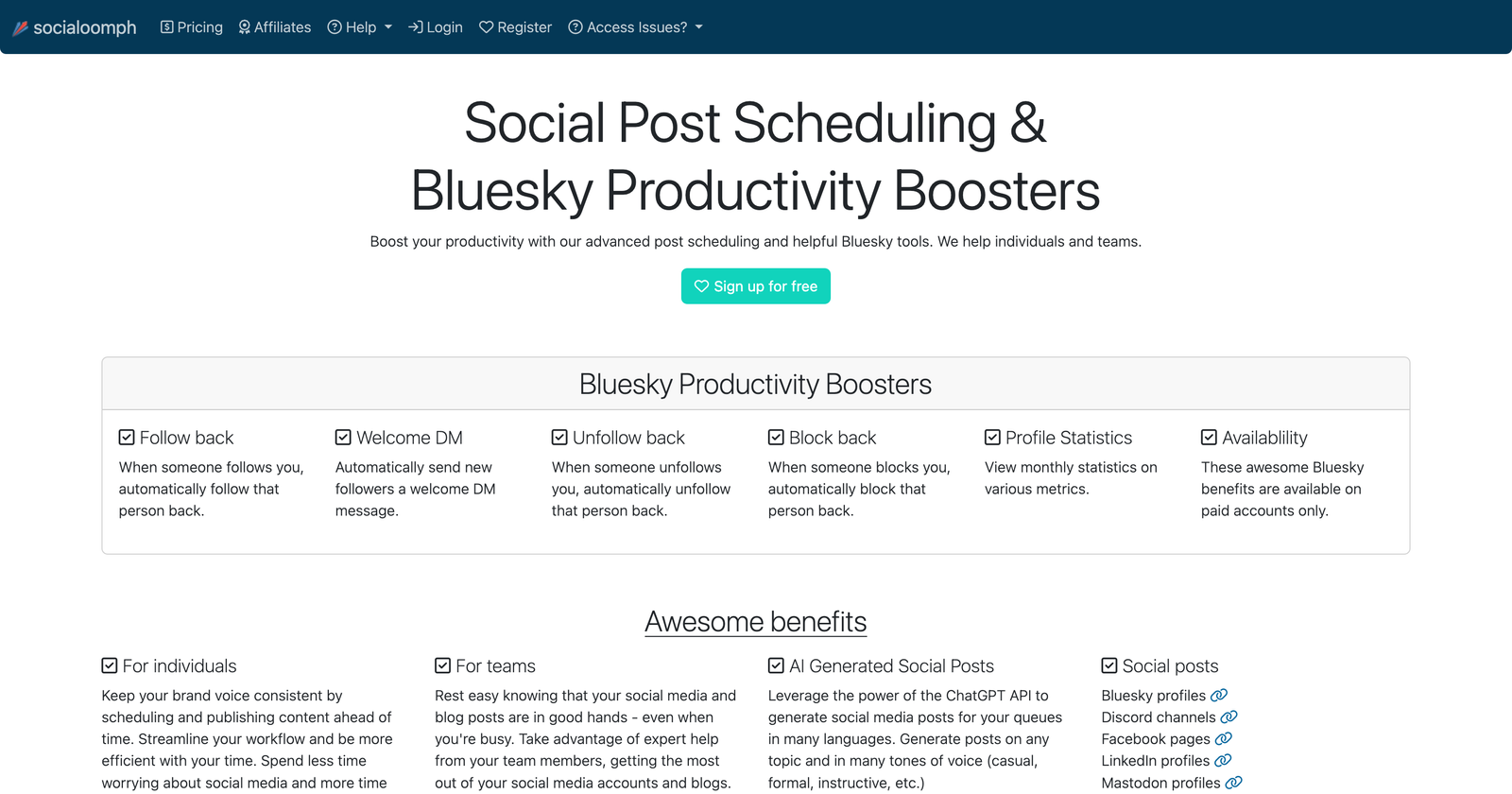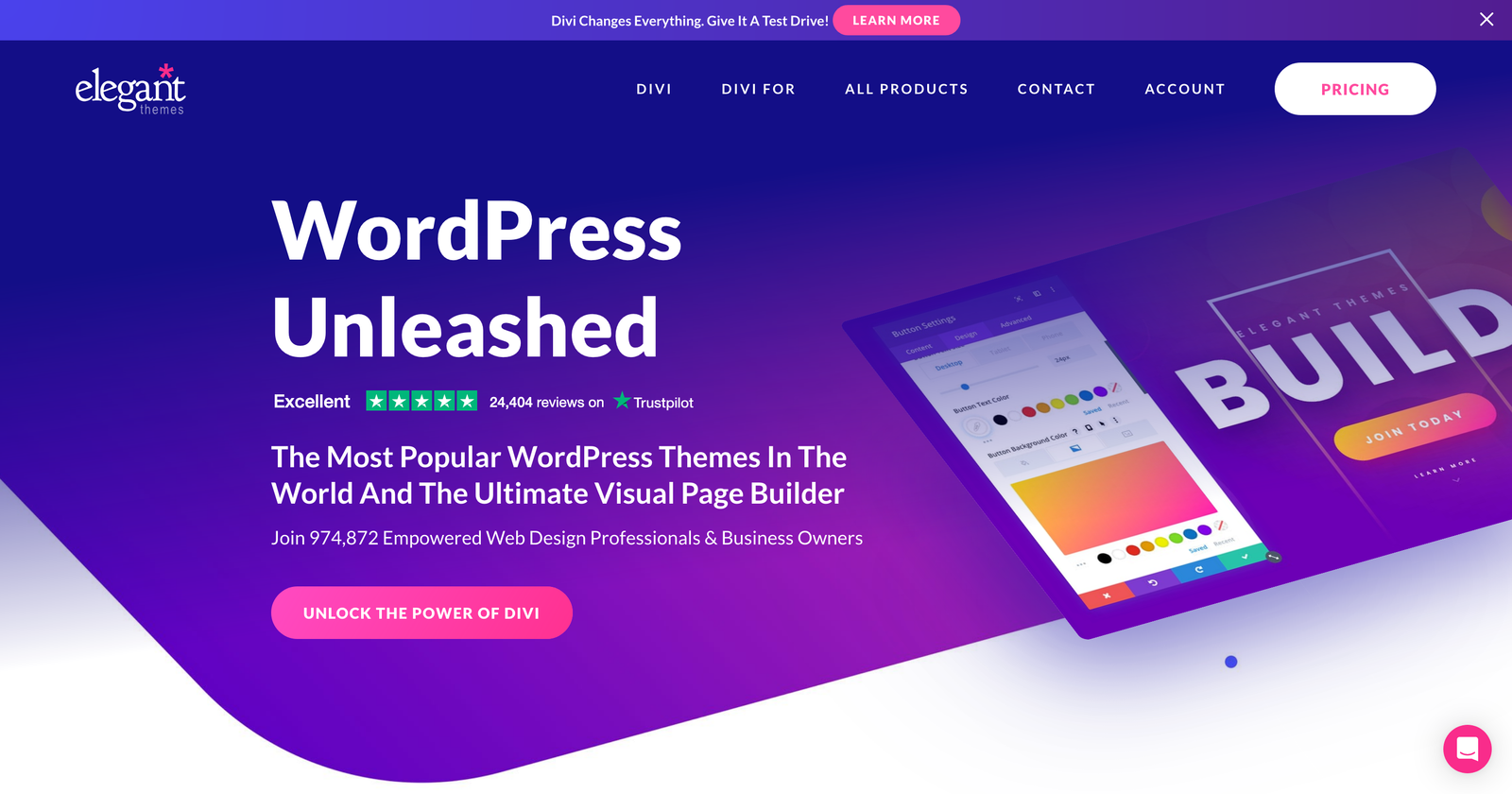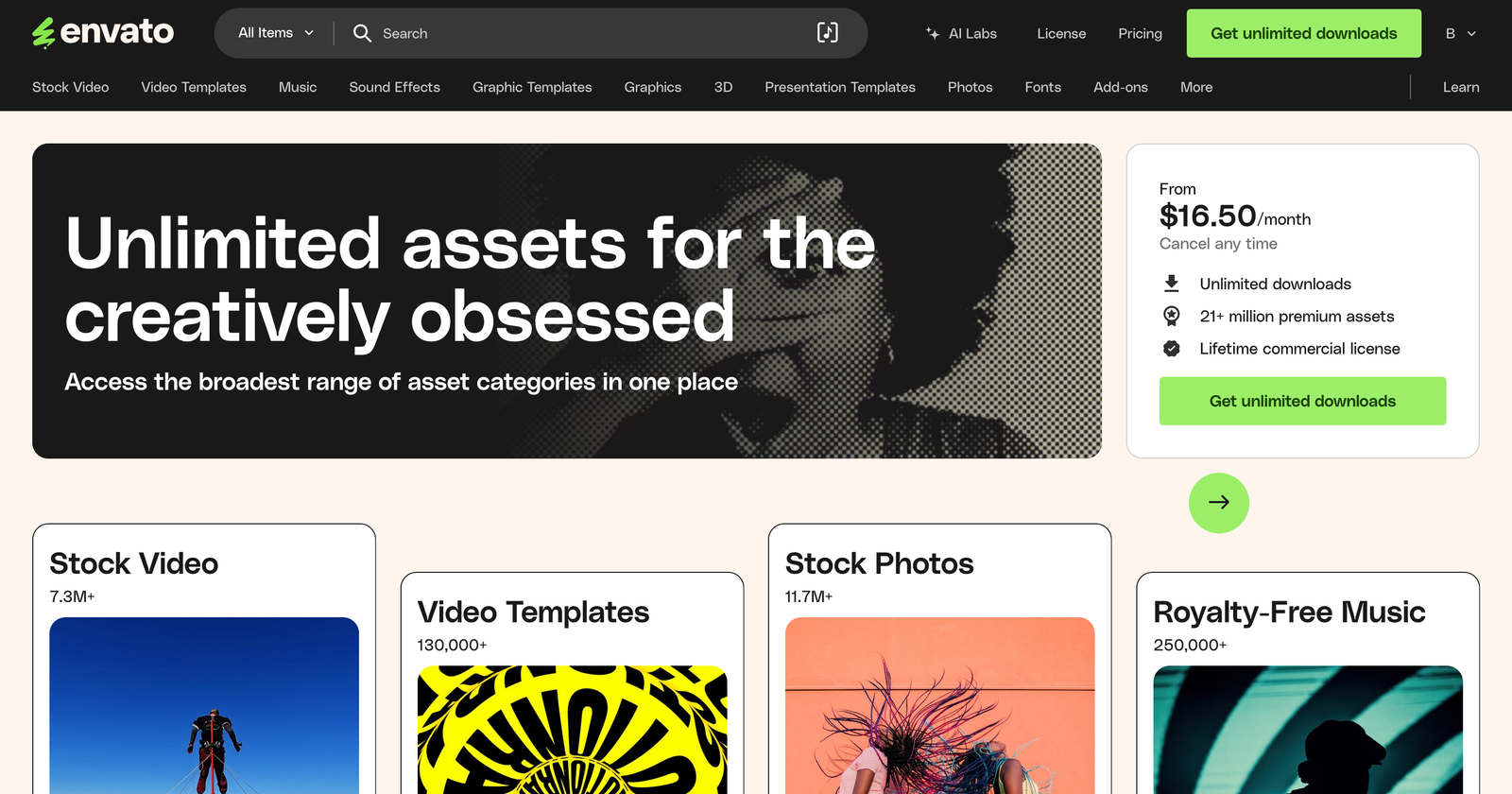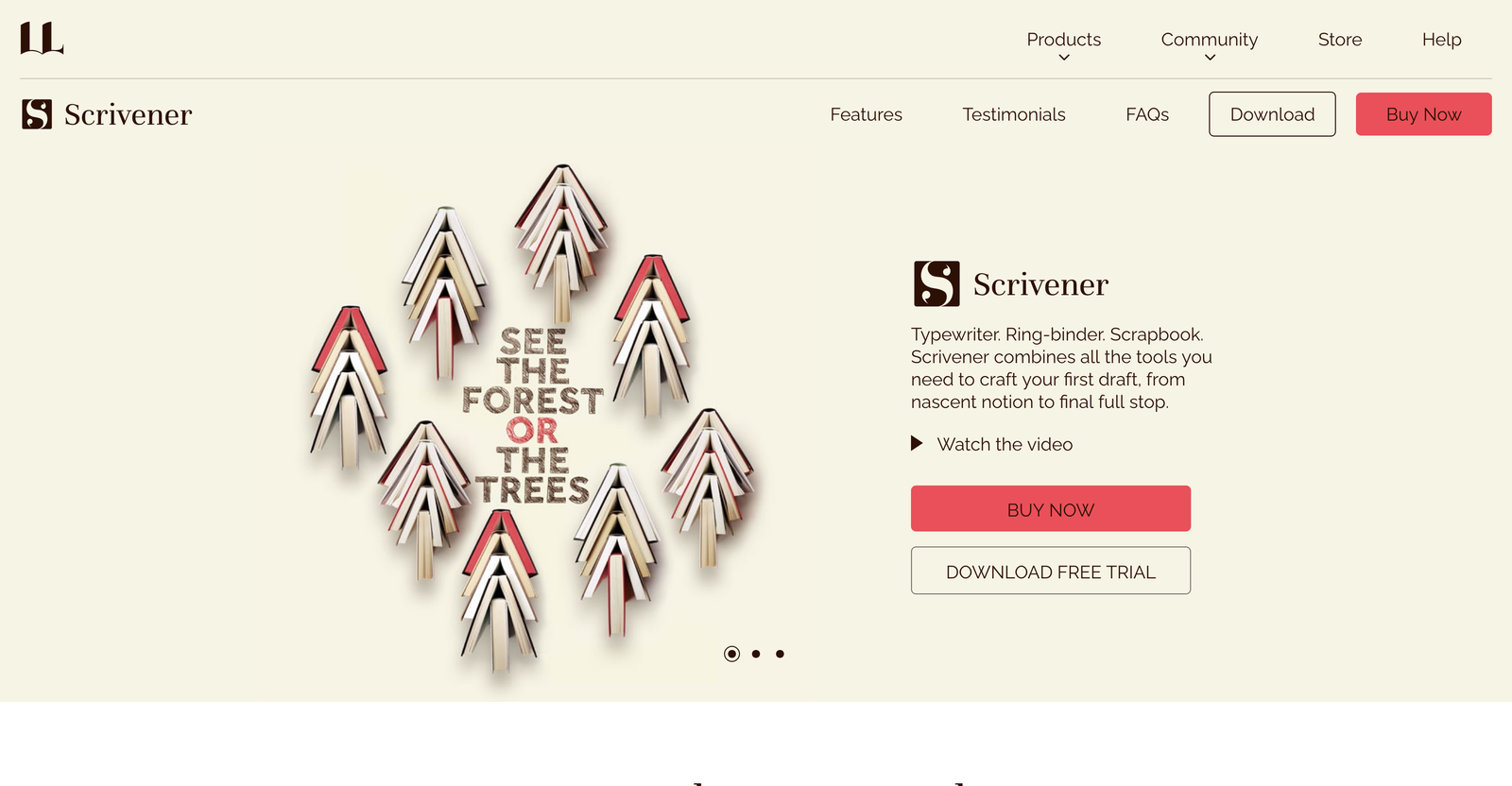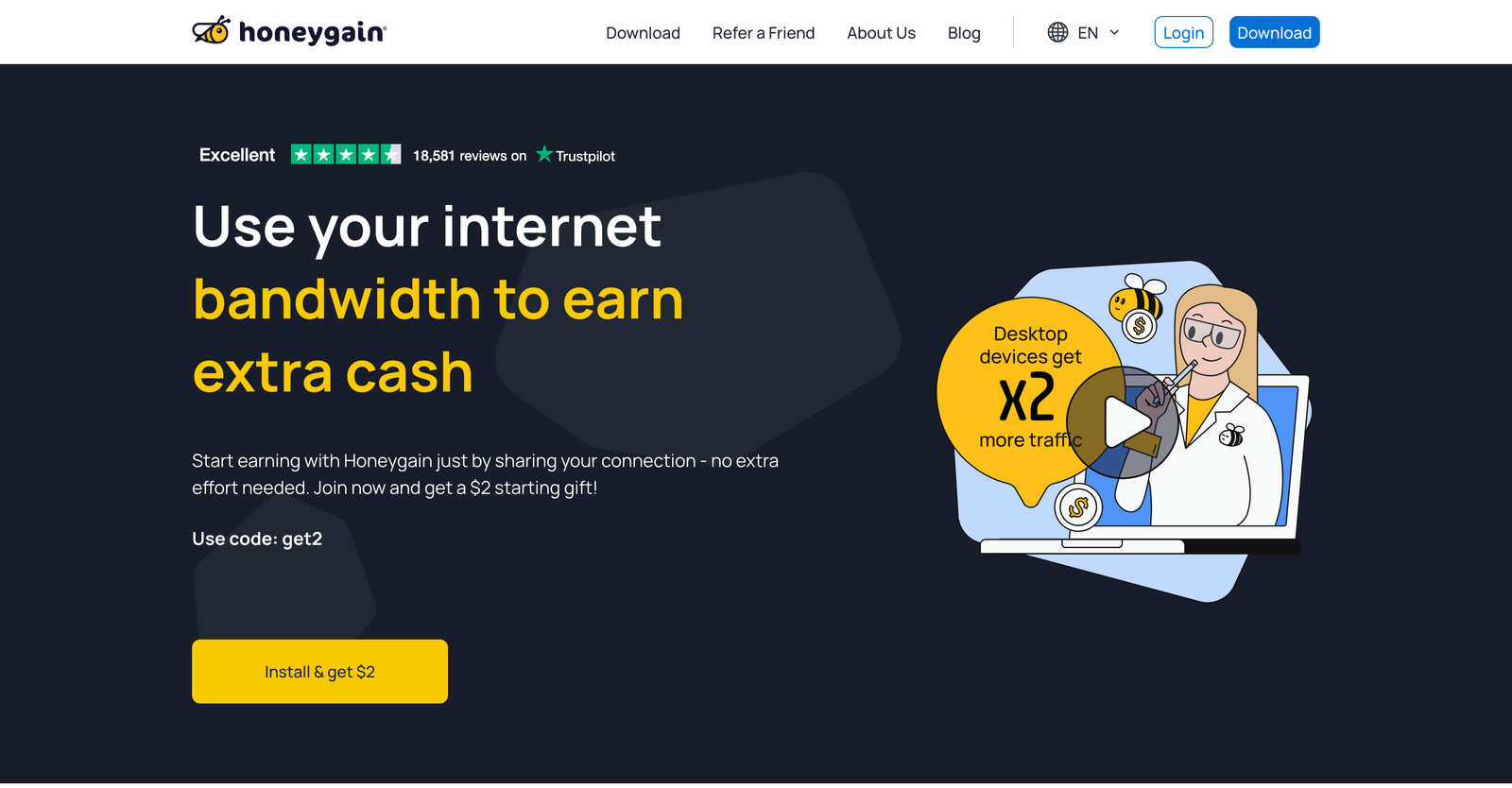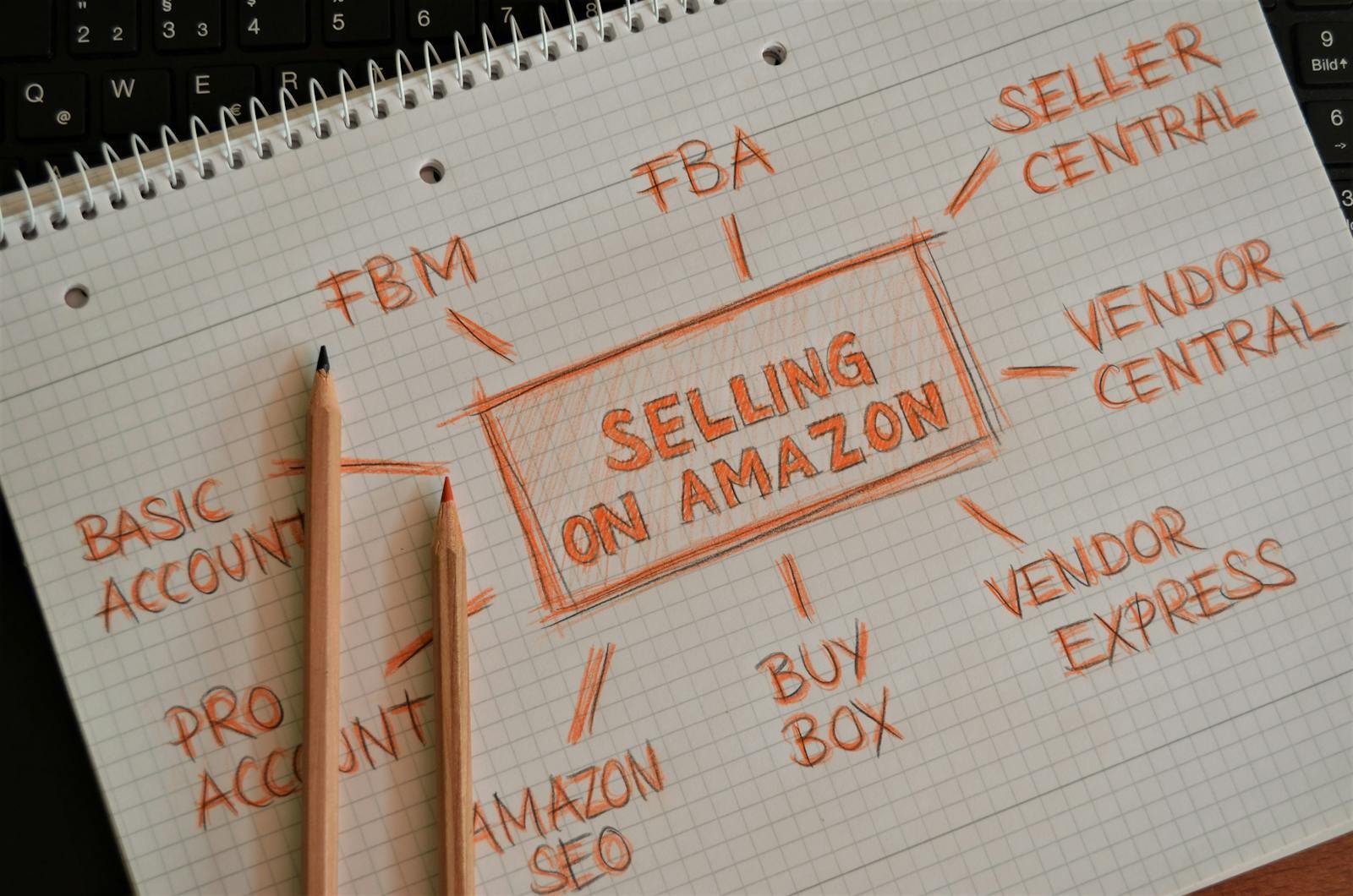Web Design Business Insights
Grow Brands.
Build Freedom.
A creative and scalable business helping clients build websites and digital brands.
Web Design Business Insights
Grow Brands.
Build Freedom.
A creative and scalable business helping clients build websites and digital brands.
Web Design Business Insights
🏆 Overall Business Viability Score
💰 Profitability Score
🚀 Scalability Score
⏳ Time to Profitability Score
💸 Startup Cost Score
🛠️ Operational Complexity Score
📢 Marketing & Customer Acquisition Score
🤖 Automation & Passive Income Score
📈 Market Demand Score
⚠️ Competition Level Score
🌱 Sustainability & Longevity Score
📊 Revenue Stability Score
🏗️ Barrier to Entry Score
🎯 Target Market Size Score
🔧 Skill & Experience Requirement Score
📍 Location Flexibility Score
💼 Legal & Compliance Complexity Score
🔥 Economic Resilience Score
🔄 Recession Proof Score
🏁 Exit Strategy Score
Business Idea Overview:
The web design business helps brands establish or enhance their digital presence through custom websites, landing pages, and user experience design. Whether offering freelance services, running an agency, or selling digital templates, web design is a scalable, location-independent business model with strong growth potential.
📊 Earning Potential
Web design businesses can generate anywhere from $30,000 to over $500,000+ annually, depending on your pricing model, niche, and client volume. Agencies that focus on high-ticket or recurring clients tend to be the most profitable.
⚠️ Earnings Disclaimer: Actual earnings vary based on niche, strategy, and execution. There is no guarantee of success, and results depend on effort, market conditions, and business management.
🛠️ Best Platforms & Tools
Key tools include SiteMake, Webflow, WordPress, Figma, Canva, Namecheap, Rank Math, Systeme.io, Flodesk, and Outscraper for lead generation and automation.
Get the Personal Brand Landing Page on Flow & Design
⚠️ Biggest Challenge
Standing out in a saturated market and consistently generating high-quality leads can be a challenge, especially without a strong portfolio or niche.
💸 Startup Costs & Investment
Startup costs are relatively low—usually under $1,000. Main investments include software subscriptions, hosting, domain registration, and optionally, team members or freelancers.
📢 Customer Acquisition Strategy
Inbound marketing with SEO, a portfolio site, cold outreach, and referrals are key strategies. Positioning as a niche expert and leveraging platforms like LinkedIn can generate higher-value clients.
📈 Ideal Business Model
Recurring revenue from retainer clients, care plans, and subscription website models work well. High-ticket one-time builds for premium clients also offer strong margins.
⏳ Time to Profitability
Profitability can be achieved in as little as 1–3 months for freelancers. Agencies may take 6–12 months depending on growth strategy and client volume.
🚀 Key to Scaling
To scale, systematize client onboarding, hire subcontractors or teams, and productize services (e.g., “starter sites,” care plans, or landing page bundles).
🤖 Automation & Passive Income Potential
A good portion of client workflows and marketing can be automated. Recurring passive income can come from care plans, hosting, affiliate tools, or template sales.
View Automation Tools
🏁 Exit Strategy
You can sell your agency, license your process, or package niche-specific templates as a digital product line.
🌱 Sustainability & Longevity
Web design is a highly sustainable business. As more businesses go digital, demand for design and development remains strong.
🔄 Market Trends & Demand
Demand is rising for no-code builders, Webflow experts, conversion-focused design, and design systems. UX and accessibility are increasingly prioritized.
🆚 Competition Level
Competition is high, but differentiation through branding, niche specialization, and productized services creates space to stand out.
Sign up for SEO Flow and start your keyword research today. SEOFlow.app
📍 Location Flexibility
This business is 100% remote-friendly, making it ideal for digital nomads or those seeking location independence.
Visit NomadWave’s Digital Nomad Community
🎯 Ideal Target Audience
Small businesses, startups, influencers, and agencies that don’t have in-house web teams are common clients.
🏗️ Operational Complexity
Low to moderate. Once systems are set up, the business becomes more streamlined. Project scope creep and revisions can be a challenge.
🔧 Required Skills & Experience
Beginner to intermediate design and development skills are needed. Tools like Webflow and WordPress reduce the technical learning curve.
💼 Legal & Compliance Considerations
A basic business license, service agreement contracts, and privacy policies are recommended. Data privacy laws (GDPR, etc.) may apply.
📊 Best Monetization Strategies
-
Client Services (one-time or recurring)
-
Template Sales
-
Hosting & Maintenance Plans
-
Affiliate Revenue
-
Courses or Coaching
🔥 Recession & Economic Resilience
Moderately recession-resistant. Businesses cut back on marketing, but web design is often prioritized when pivoting online.
💰 Earning Potential – Web Design Business
The earning potential in the web design space is both scalable and sustainable — making it one of the most flexible and profitable digital service businesses today.
💡 Freelance Designers
Freelancers can earn anywhere from $30,000 to $120,000+ annually, depending on their skillset, niche, and pricing strategy. A single website project can range from:
$500–$1,500 for basic brochure-style sites
$2,000–$5,000+ for small business sites with branding and SEO
$10,000+ for complex builds with eCommerce, custom integrations, or membership systems
Many freelancers boost their income by adding SEO, copywriting, or design packages, increasing both their value and project size.
🧠 Smart Revenue Add-Ons
The smartest web designers don’t just build — they bundle. Recurring revenue streams create predictable monthly income and long-term client relationships. Common add-ons include:
Website Maintenance Plans ($50–$500/month per client)
Hosting Packages ($20–$100/month)
SEO or Marketing Retainers ($500–$3,000/month)
Email Funnel Setup ($500–$2,000 per project)
Digital Products (Templates, UI kits, themes, etc.)
With just 10 clients on a $100/month plan, you’re earning $12,000/year passively, before taking on any new builds.
🏢 Agency-Level Potential
For studios and agencies, the ceiling is much higher:
Mid-size agencies often earn $200,000 to $750,000/year
Larger teams with systems in place can scale past $1M+ annually
Agencies that productize services (like offering fixed-price “Starter Site” packages or monthly subscriptions) can scale faster and serve more clients without sacrificing quality.
📊 Monthly Revenue Example (Solo Designer)
Income Stream Clients Rate Monthly Income Web Design Projects 2 $3,000 $6,000 Maintenance Plans 10 $100 $1,000 Hosting 10 $25 $250 SEO Retainers 2 $500 $1,000 Total — — $8,250/month or $99,000/year 🎯 Bottom Line
Whether you’re a solo freelancer or building a full-service agency, web design offers multiple income streams and flexible business models. You can earn a stable five-figure income or scale to six or seven figures by stacking services, niching down, and leveraging automation.
⚠️ Earnings Disclaimer: Actual earnings vary based on niche, strategy, and execution. There is no guarantee of success, and results depend on effort, market conditions, and business management.
📈 Ideal Business Model – Web Design Business
The ideal business model for a web design business combines high-ticket projects, recurring revenue, and digital products, allowing for both immediate cash flow and long-term income stability.
1. 🎯 One-Time High-Ticket Projects
Custom website builds remain the foundation of many web design businesses. These are ideal for:
-
New businesses building their brand
-
Companies undergoing a rebrand
-
Clients launching products or online services
These projects often range from $2,000 to $20,000+ and include UX/UI design, development, integrations, and basic SEO setup. The high upfront revenue gives designers the flexibility to reinvest into marketing, tools, or outsourcing.
2. 🔁 Recurring Revenue Streams
Predictable monthly income is the difference between hustle and stability. Top designers structure their business around:
-
Website Care Plans (Backups, updates, security – $50–$500/month)
-
Hosting Packages (Often white-labeled from providers like Cloudways or SiteGround)
-
Ongoing SEO & Marketing Retainers (Content updates, funnels, blog optimization)
-
Landing Page Subscriptions (Monthly landing pages for ad campaigns or seasonal promos)
-
Monthly Design Subscriptions (Unlimited requests, revisions, or design credits)
These retainers not only build consistent income but also strengthen long-term client relationships.
3. 💾 Productized Services
Instead of custom quoting every project, productizing services gives you:
-
Fixed pricing
-
Streamlined delivery
-
Easier sales
Examples:
-
“Starter Website” Package: $1,200 for 5 pages, 2-week turnaround
-
“eCommerce Launch Kit”: $3,500 for setup, shop, branding, and payment integration
-
“Landing Page Bundle”: $850 for 3 custom sales pages
These packages are easy to promote, systematize, and upsell.
4. 🛒 Digital Products & Passive Income
Digital products scale your expertise without trading time for money:
-
Webflow or WordPress Templates
-
UI Kits and Style Guides
-
Website Copywriting Kits
-
Online Courses or Workshops for DIY clients
-
Figma templates, resource packs, or notion dashboards
Selling on platforms like Gumroad, Creative Market, or your own website turns your skills into assets that sell 24/7.
🔁 Example Hybrid Model
| Income Source | Monthly Revenue |
|---|---|
| 2 Website Builds @ $3,000 | $6,000 |
| 10 Care Plans @ $150 | $1,500 |
| 1 SEO Retainer @ $1,000 | $1,000 |
| Template Sales | $500 |
| Total | $9,000/month or $108,000/year (semi-passive) |
This hybrid model offers the best of both worlds: high earnings from projects and financial stability from recurring and passive income.
Get JotPro, the intuitive AI writing tool with over 50 templates, and countless features like Speech-to-Text and Text-to-Speech. Sign Up Free
📢 Customer Acquisition & Marketing Strategies – Web Design Business
No matter how great your design skills are, your business only grows if people know you exist. The best web designers don’t just create — they market, position, and attract. Successful customer acquisition comes down to a mix of smart targeting, standout branding, and relationship-driven strategies.
🎯 1. Nail Your Niche
Generic web design is dead. Specialized web design is thriving.
Instead of targeting “everyone,” choose:
-
Industries (e.g., coaches, real estate, e-commerce, SaaS, health professionals)
-
Personality types (e.g., creators, influencers, startups)
-
Platform experts (e.g., Webflow-only, Shopify-only, WordPress-only)
Niching makes your portfolio tighter, your messaging stronger, and your results more credible.
💼 2. Build a High-Converting Portfolio Website
Your website is your best salesperson — make it convert.
Must-haves:
-
Clean design (obviously)
-
Clear call-to-action (book a call, fill a form)
-
Case studies with results
-
Testimonials and trust indicators
-
Lead magnet (e.g., free audit or guide)
Use SEO best practices to rank locally or in niche searches like “Webflow designer for coaches.”
✉️ 3. Cold Outreach with a Twist
Cold outreach still works — if done right. Personalize your message, focus on value, and show results.
Use tools like:
-
Outscraper to scrape niche business websites
-
Instantly.ai or Apollo.io for cold email
-
Loom to send personalized video audits
Example:
“Hey Sarah, I noticed your coaching website isn’t mobile-optimized. I put together a quick 3-minute video showing how you could double your conversions with just a few tweaks.”
🤝 4. Referrals & Partnerships
Happy clients are your best marketers. Build systems for:
-
Asking for referrals
-
Offering referral rewards
-
Collaborating with other service providers (copywriters, marketers, developers)
Also, build strategic partnerships with:
-
Local marketing agencies
-
Print shops or branding studios
-
Podcast hosts or influencers in your niche
🧲 5. Content Marketing & SEO
Educate. Entertain. Attract.
Start a blog, YouTube channel, or email newsletter offering:
-
Design tips
-
Website teardown videos
-
Industry-specific advice
-
Case study breakdowns
SEO Strategy: Target long-tail keywords like:
-
“Best web design for fitness coaches”
-
“Why your Shopify site isn’t converting”
-
“How to fix slow WordPress websites”
These keywords bring in clients who are ready to buy.
💬 6. Social Proof & Community Marketing
Use platforms like:
-
LinkedIn (for B2B service offers)
-
Instagram (to showcase designs)
-
Twitter/X (for networking)
-
Facebook groups (niche-focused)
-
Product Hunt/Behance/Dribbble (to showcase case studies or launches)
Be visible where your audience hangs out — and engage, don’t just promote.
💡 Sample Funnel Strategy
| Stage | Tactic |
|---|---|
| Attract | SEO blog, social content, free templates |
| Engage | Email opt-in, audit form, quizzes |
| Convert | Discovery call, proposal, follow-up automation |
| Retain | Recurring services, retainer packages, loyalty rewards |
🎯 Conversion Tactics – Turning Visitors into Clients in Your Web Design Business
Getting traffic to your website is one thing. Turning that traffic into paying clients is where the real magic (and money) happens. That’s why having a killer website and solid services isn’t enough — you need strategic conversion tactics built into your process, from first click to final close.
Below are the top strategies to increase your conversion rate, book more calls, and close more clients in your web design business.
🧠 1. Lead with Value (Not Services)
Most designers say “I build websites.”
Top-converting designers say:
“I help wellness brands generate more leads with SEO-optimized, mobile-friendly websites.”
Tip: Focus your messaging on outcomes, not tasks. What problem are you solving? What transformation are you offering?
📹 2. Add a Personalized Video or Audit
Embed a short 1–2 minute video on your homepage or services page:
-
Introduce yourself
-
Share your process
-
Invite them to book a call
Or offer a free mini audit via Loom. This builds trust instantly and shows you’re already thinking about their business.
💬 3. Use Social Proof (With Strategy)
Showcase:
-
Before & After Design Screens
-
Case Studies with Metrics (“35% boost in leads after redesign”)
-
Testimonials with Names, Photos & Logos
-
Featured In or Client Logos
Don’t just sprinkle testimonials randomly — place them near your calls-to-action (CTAs) to reduce friction at the moment of decision.
🧪 4. Offer a Micro-Commitment CTA
Instead of just “Book a Discovery Call,” test:
-
“Get a Free Website Review”
-
“Take the Quiz: Is Your Site Costing You Leads?”
-
“Answer 3 Questions, Get a Quote”
This lowers resistance and creates an easier entry point into your pipeline.
✍️ 5. Create a Clear, Results-Driven Landing Page
Every high-converting designer needs at least one landing page with:
-
A bold, clear headline (solve one key problem)
-
3–5 benefits in bullet form
-
Portfolio or proof section
-
Simple form or call scheduler (Calendly, TidyCal)
-
FAQ to overcome objections
Use this for cold traffic, paid ads, or outreach links.
🔁 6. Use Automated Follow-Up
People rarely buy on the first click.
Use tools like Brevo, Mailerlite, or ActiveCampaign to:
-
Send email sequences post-opt-in
-
Remind them to book a call
-
Share case studies over a few days
-
Offer time-limited bonuses
Example Sequence: Day 1 – Thanks + Website Checklist
Day 2 – Case Study
Day 4 – Audit Reminder
Day 7 – “Last chance to book this week”
💰 7. Anchor Your Value in Pricing
Instead of saying:
-
“Website starts at $2,500”
Say:
-
“My clients invest $2,500–$7,500 depending on the size and goals of their business. The average client makes that back in 1–3 months.”
Always connect price to value, ROI, or transformation.
💸 Most Profitable Niches – Web Design Business
Choosing the right niche can multiply your income, simplify your marketing, and establish your brand as a go-to expert. While you can offer general design services, niching down is the fastest path to premium clients, consistent referrals, and scalable systems.
Below are some of the most profitable web design niches, based on client budgets, recurring service needs, and demand for high-converting websites.
🧘♀️ 1. Coaches, Consultants & Online Educators
From life coaches to business strategists to course creators — this audience lives online and constantly needs:
-
Sales pages
-
Membership platforms
-
Funnels
-
Webinar and course pages
Why it pays:
High LTV clients, recurring funnel updates, upsell potential for branding, and email marketing.
🛍️ 2. eCommerce Brands
Shopify, WooCommerce, or Webflow eCommerce stores are high-ticket builds. Online sellers often need:
-
Full custom stores
-
Product photography integration
-
Landing pages for sales & drops
-
Ongoing A/B testing and CRO
Why it pays:
Larger budgets, ongoing optimization work, and scalable results make this a goldmine niche.
🩺 3. Health & Wellness Professionals
Think therapists, chiropractors, yoga studios, fitness trainers, and alternative medicine brands. These clients typically need:
-
SEO-optimized local websites
-
Booking integrations (Calendly, JaneApp, etc.)
-
Mobile-first, easy-to-use layouts
Why it pays:
They need a professional web presence to build credibility and are often open to ongoing support packages.
🧑💼 4. B2B Service Providers
Accountants, lawyers, agencies, IT firms, and consultants often need:
-
Professional brand websites
-
Case study pages
-
Lead capture systems
-
SEO-optimized service pages
Why it pays:
Higher budgets, value-driven buyers, and excellent referral potential.
🏠 5. Real Estate & Home Services
Realtors, property managers, interior designers, construction companies, and cleaning services all rely on:
-
Lead generation websites
-
MLS integration
-
Google Maps and review embedding
-
Portfolio and gallery functionality
Why it pays:
They benefit directly from strong online presence and will often pay more for conversion-focused design.
🧑🎨 6. Personal Brands, Creators & Influencers
These clients thrive on design-forward websites with storytelling, merch stores, and media integration.
-
Portfolio-style layouts
-
Merch/eBook integration
-
Email opt-ins & community building
Why it pays:
Highly visual work, referral-prone, and can lead to ongoing content or funnel services.
🔄 7. SaaS & Tech Startups
Startups are often looking for:
-
Investor-ready websites
-
Pre-launch landing pages
-
Customer dashboards (UX/UI)
-
Growth and onboarding flows
Why it pays:
High-budget, agile, and often in need of monthly design support post-launch.
📚 8. Education & Learning Platforms
Niche course creators, tutors, and edtech businesses often need:
-
LMS integrations (Teachable, Kajabi, LearnDash)
-
Resource pages
-
Lead magnets and funnels
Why it pays:
This audience is content-rich and always evolving, meaning ongoing design work is in demand.
💡 Bonus Tip: Combine Niches
Want to stand out even more? Blend industries with a platform or style specialization.
Examples:
-
“Webflow Websites for Fitness Coaches”
-
“Conversion-First Shopify Sites for Beauty Brands”
-
“Minimal WordPress Sites for Therapists”
⚖️ Web Design Business vs. Other Business Models
When choosing a business to start or scale, it’s important to weigh the pros and cons of each path. Web design stands out for its high income potential, low startup costs, and flexibility — but how does it really stack up against other popular business models?
Let’s compare.
🖥️ 1. Web Design Business
| Category | Web Design |
|---|---|
| Startup Costs | Low (< $1,000) |
| Time to Profit | Fast (1–3 months for freelancers) |
| Profit Margins | High (60–90% if solo) |
| Passive Income Potential | Medium–High (via templates, hosting, care plans) |
| Skill Requirement | Medium (learnable through practice and courses) |
| Scalability | High (agency, templates, digital products) |
| Flexibility | 100% Remote |
Why it works:
Web design is a core need for nearly every modern business. It’s creative, in-demand, and easy to stack with services like SEO, branding, or automation. Plus, recurring income options make it financially stable.
🛒 2. Dropshipping & eCommerce
| Category | Dropshipping |
|---|---|
| Startup Costs | Medium ($500–$2,000) |
| Time to Profit | Slower (3–6 months typical) |
| Profit Margins | Low–Medium (10–40%) |
| Passive Income Potential | Medium |
| Skill Requirement | Medium–High (ads, product research, store design) |
| Scalability | High |
| Flexibility | Remote, but tied to supplier performance |
Pros: Can scale to 6–7 figures.
Cons: Relies on constant ad spend, competition is brutal, and customer service can eat time.
📚 3. Course Creation / Info Products
| Category | Online Courses |
|---|---|
| Startup Costs | Low–Medium |
| Time to Profit | Medium (3–6 months) |
| Profit Margins | Very High |
| Passive Income Potential | Very High |
| Skill Requirement | High (marketing, tech setup, content creation) |
| Scalability | Excellent |
| Flexibility | 100% Remote |
Pros: True passive income over time.
Cons: Harder to sell if you don’t already have an audience or niche authority.
👨💼 4. Freelancing in General (Writing, VA, etc.)
| Category | General Freelancing |
|---|---|
| Startup Costs | Very Low |
| Time to Profit | Fast |
| Profit Margins | High |
| Passive Income Potential | Low |
| Skill Requirement | Varies |
| Scalability | Low (you are the product) |
| Flexibility | High |
Pros: Easy to get started.
Cons: Harder to scale and automate. You’re always trading time for money.
📦 5. Affiliate Marketing
| Category | Affiliate Marketing |
|---|---|
| Startup Costs | Low |
| Time to Profit | Slow (6–12 months unless you have traffic) |
| Profit Margins | High |
| Passive Income Potential | High |
| Skill Requirement | Medium–High (SEO, audience building, traffic) |
| Scalability | Medium |
| Flexibility | 100% Remote |
Pros: No product to fulfill.
Cons: Requires large traffic or niche authority; algorithm or platform changes can wipe out income streams.
🏁 Final Verdict: Why Web Design Stands Out
✅ Low barrier to entry but high income ceiling
✅ Can be profitable in weeks, not months
✅ Combines creative and technical work
✅ Multiple income streams: one-time, recurring, passive
✅ Highly flexible and remote-friendly
✅ Scales into an agency or digital product business
Web design is not just a service — it’s a launchpad. You can start as a freelancer and evolve into an agency, product creator, educator, or automation expert.
🔄 Future Trends & Demand – Web Design Business
Web design isn’t just surviving — it’s evolving faster than ever, driven by shifts in technology, user behavior, and the way businesses show up online. If you’re in this space (or entering it), understanding where things are going will help you stay ahead, stay relevant, and stay profitable.
Here are the biggest future trends shaping the web design industry in 2025 and beyond.
🧠 1. AI-Powered Design & Automation
AI tools like ChatGPT, Midjourney, and Uizard are speeding up ideation, copywriting, wireframing, and even full layout generation.
But rather than replacing designers, AI is empowering them to:
-
Generate concepts faster
-
Offer more services (copy + design)
-
Automate client onboarding and content collection
-
Create smarter user flows using AI insights
Opportunity: Web designers who embrace AI will deliver more value in less time, increasing their margins and capacity.
🧩 2. No-Code & Low-Code Platforms
Platforms like Webflow, Framer, Bubble, and Editor X are becoming industry standards — allowing designers to:
-
Ship faster
-
Reduce dev dependency
-
Create complex animations and interactions
-
Offer more affordable or scalable solutions for clients
Future demand: Clients are seeking designers who can build, not just mock up. No-code skills = revenue booster.
🛒 3. Growth of Design-as-a-Subscription
The “Unlimited Design” or Productized Service Model is becoming more mainstream.
Why it works:
-
Predictable monthly income for designers
-
Easier entry point for clients
-
More scalable with team systems
Expect to see more designers offering monthly packages with unlimited requests, faster delivery, and tiered access.
🌍 4. UX, Accessibility & Inclusive Design
Accessibility and UX compliance are no longer optional — they’re essential.
-
Governments and enterprise clients require WCAG-compliant websites
-
Search engines are prioritizing user-first design
-
Consumers expect seamless mobile, voice, and multi-device experiences
Designers who specialize in accessibility or conversion-focused UX will be in high demand.
🔁 5. Micro-Interactions & Scroll Storytelling
Interactive, animated, story-driven websites are leading the way in 2025. This includes:
-
Scroll-based animations (Parallax, horizontal scroll, layered movement)
-
Lottie animations & SVG micro-interactions
-
Modular, reusable components for storytelling pages
Tools to watch: Framer, Webflow, Motion.dev, LottieFiles
These experiences increase engagement and conversions — and they sell for premium rates.
🛡️ 6. Privacy-First & Lightweight Sites
As tracking restrictions increase (think GDPR, CCPA, iOS privacy), lightweight, privacy-focused websites are becoming more desirable.
-
Designers who understand performance + privacy will thrive
-
Static site generators (like Astro or Hugo) are gaining traction
-
Cookie-less analytics, fast-loading design, and reduced tracking scripts are the new standard
🔮 7. Future-Proofing Through Personal Brand & Templates
Designers are future-proofing their income through:
-
Personal brands + niche authority
-
Template sales & UI kits
-
Design education & content marketing
Expect more designers to shift into hybrid creator-entrepreneur roles, blending services, digital products, and audience monetization.
📈 Is Web Design Still in Demand?
Absolutely. As new businesses emerge and existing brands reimagine their digital identity, demand for:
-
Fast-loading
-
Mobile-first
-
Story-driven
-
SEO-optimized
-
Conversion-focused websites
…will continue rising well into the future.
In fact, the global web design services market is projected to grow to $55B+ by 2030, driven by AI, digital transformation, and increased demand for online presence post-COVID.
Elevate Your Brand into a Next-Level Experience
Discover immersive web, design, and content solutions that captivate, convert, and leave a lasting impact.
👉 Explore Jetpack Immersive at jetpackimmersive.com
Updates on
Web Design Business
Get notified on new updates with the
Web Design Business ecosystem.
Sponsor
Reviews of Web Design Business
https://www.gezesrkog.com/
Dear,
I hope this email finds you well. I’m excited to introduce you to Cargoholidays.com, your gateway to a unique and adventurous way of exploring the world through cargo ship travel. As a leading cargo travel agency, we specialize in creating unforgettable journeys that offer a fresh perspective on travel and adventure.
At CargoHolidays, we understand that traditional travel experiences may not be for everyone, and that’s why we offer an alternative that’s both enriching and fascinating. Our cargo ship travel services open up a world of possibilities for those seeking a truly authentic and immersive travel experience.
I invite you to explore our website at CargoHolidays Website to browse our available routes at cargoholidays.com, destinations, and testimonials from fellow adventurers who have experienced the magic of cargo ship travel with us.
If you’re ready to embark on a one-of-a-kind journey or have any questions about our services, please don’t hesitate to contact us at contact@cargoholidays.com. Our dedicated team is here to assist you in planning your cargo ship adventure, providing insights, and addressing any queries you may have.
Safe travels and warm regards,





